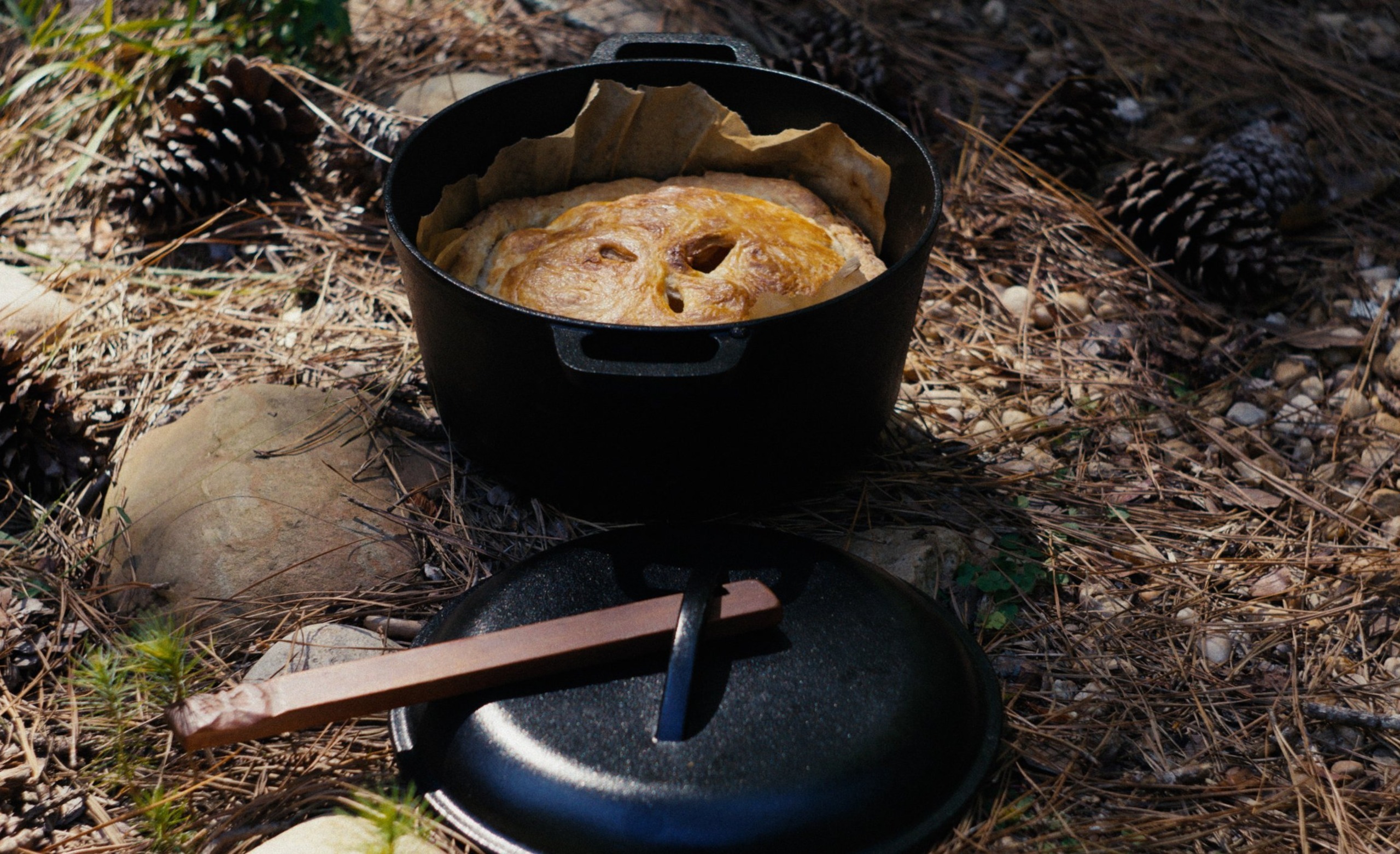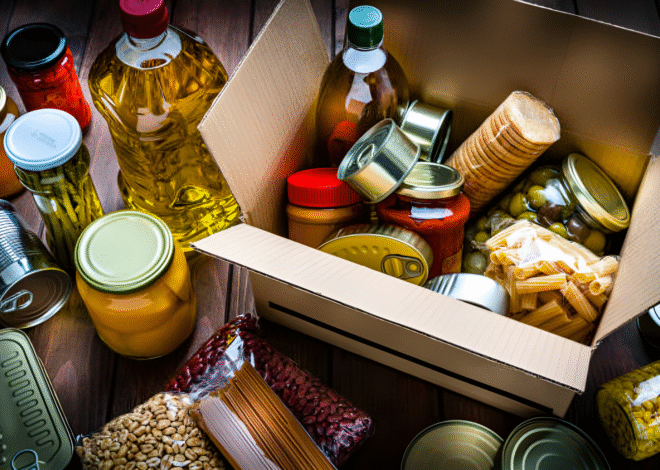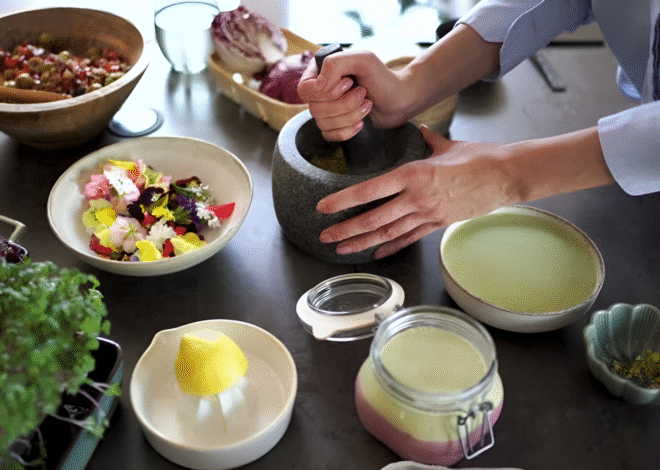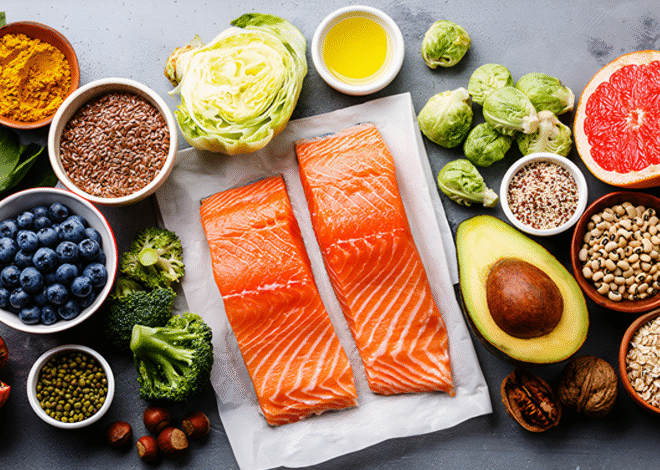
Pioneer Survival Food
Join us on a fascinating exploration of the history, types, preparation methods, and benefits of pioneer survival food – a tradition that continues to inspire modern-day preppers and outdoor enthusiasts alike.
Imagine journeying back in time to the days of American pioneers, where resilience and resourcefulness were essential for survival. One key aspect of pioneer life was their innovative approach to food.
Pioneer survival food was not just sustenance; it was a means of enduring harsh conditions and unpredictable circumstances.
History of Pioneer Survival Food
Imagine a time when pioneers ventured into the unknown, relying on their resourcefulness to survive. History tells us that pioneer survival food was simple yet essential.
Pioneers often preserved foods through techniques like drying, salting, and smoking to ensure longevity. They gathered wild berries, hunted game, and planted crops for sustenance during harsh winters.
These early settlers faced challenges that required them to be self-sufficient in providing for their families. Their ingenuity led to the creation of hearty meals like pemmican and hardtack.
As pioneers migrated westward in search of new opportunities, they adapted their diets based on available resources. Cornmeal mush became a staple dish due to its versatility and long shelf life.
The history of pioneer survival food is a testament to the resilience and innovation of those who paved the way for future generations.
Types of Pioneer Survival Food
When it comes to pioneer survival food, there are various types that were essential for early American settlers. One popular type of pioneer survival food was pemmican, a mixture of dried meat, fat, and berries that provided a high-energy source for long journeys or harsh winters. Another common staple was hardtack, a simple biscuit made from flour, water, and salt that could last for months without spoiling.
Dried fruits and vegetables were also crucial components of pioneer survival food as they provided essential vitamins and nutrients during times when fresh produce was scarce. Salted meats like jerky or salt pork were often relied upon for protein in the absence of refrigeration.
Cornmeal played a significant role in pioneer diets, being used to make cornbread or porridge that offered sustenance and comfort in challenging times. Additionally, beans and legumes were important sources of protein and fiber that helped sustain pioneers through their daily tasks.
The variety of pioneer survival foods reflects the resourcefulness and ingenuity of early settlers as they adapted to survive in rugged environments with limited resources available.
How to Prepare and Store Pioneer Survival Food
When it comes to preparing and storing Pioneer Survival Food, there are a few key things to keep in mind. First, choose foods that have a long shelf life and are easy to store. Items like dried beans, rice, jerky, and hardtack biscuits are great options.
To prepare these foods for long-term storage, make sure they are properly sealed in airtight containers or mylar bags with oxygen absorbers. This will help prevent spoilage and extend their longevity. Labeling the containers with the date of storage can also be helpful for rotation purposes.
Another important aspect of preparing pioneer survival food is having the right tools on hand. A sturdy can opener, portable stove or campfire setup, and basic cooking utensils can go a long way in ensuring you can easily access your stored food in emergency situations.
Consider diversifying your food stores to include a mix of proteins, carbohydrates, fats, and vitamins to maintain a balanced diet during challenging times. By taking the time to properly prepare and store pioneer survival food now, you’ll be better equipped to handle whatever may come your way in the future.
Modern Adaptations of Pioneer Survival Food
Modern adaptations of pioneer survival food have evolved to meet the needs and tastes of contemporary individuals seeking a connection to their roots. While traditional pioneer foods like pemmican and hardtack remain staples, new variations have emerged that combine convenience with historical flavors.
One popular modern adaptation is freeze-dried meals, which offer lightweight and easy-to-prepare options for outdoor enthusiasts. These meals retain nutrients and flavor while providing a quick solution for those on the go.
Another innovative twist on classic pioneer fare is the use of ancient grains like quinoa and amaranth in place of traditional wheat or corn. These nutrient-rich alternatives add variety and health benefits to survival food stores.
Additionally, artisanal jerky made from high-quality meats such as bison or elk provides a flavorful protein source that can be enjoyed both on-the-go and during emergencies. By blending old-world techniques with contemporary ingredients, modern pioneer survival food continues to evolve in exciting ways.
Benefits of Incorporating Pioneer Survival Food into Your Diet
Incorporating Pioneer Survival Food into your diet can offer numerous benefits that go beyond just sustenance. These foods are often nutrient-dense, providing essential vitamins and minerals necessary for optimal health. By consuming these traditional foods, you can tap into a rich source of history and culture, connecting with the past while nourishing your body.
Pioneer survival food is typically minimally processed, free from additives and preservatives commonly found in modern diets. This means you’re fueling your body with wholesome ingredients that have stood the test of time. Additionally, these foods are known for their long shelf life, making them a reliable option for emergency preparedness or outdoor adventures.
By exploring pioneer survival food recipes and incorporating them into your meal planning, you can discover new flavors and cooking techniques. These dishes often highlight simple yet flavorful ingredients that showcase the creativity of early settlers in making do with what they had available.
Integrating pioneer survival food into your diet can not only enhance your culinary repertoire but also provide nutritional benefits and a deeper connection to our heritage.
Conclusion
Incorporating Pioneer Survival Food into your modern diet can not only add variety and excitement to your meals but also provide you with valuable skills and knowledge for self-sufficiency. The history, types, preparation, storage, and benefits of Pioneer Survival Food showcase the resilience and resourcefulness of our ancestors.
By embracing these traditional foods, we can connect with our roots while also preparing ourselves for any unexpected situations that may arise in the future. So why not take a step back in time and explore the world of Pioneer Survival Food? Who knows – you might just discover a new favorite dish or skill that could come in handy one day!




This article was incredibly informative and has sparked my interest in learning more about pioneer survival food. I’m fascinated by the history and ingenuity behind these traditional foods. I especially found the information on preparing and storing these foods to be helpful. I’m planning to start incorporating some of these options into my emergency preparedness kit. Thank you for sharing this valuable information.
Hey Chris,
Thanks for stopping by today and sharing your thoughts about pioneer survival food. American pioneers paved the way for modern America. These early settlers brought ancient knowledge with them and knew how to live off the land. However, North America was a whole new world to the settlers.
They had to learn how to live in this new world and they did. Not only did they survive but thrived and built a nation. We take for granted all of the modern technology that makes our lives so much easier. Our forefathers didn’t have that luxury and managed to do just fine. I think we can still learn a thing or two from them.
Best wishes Chris,